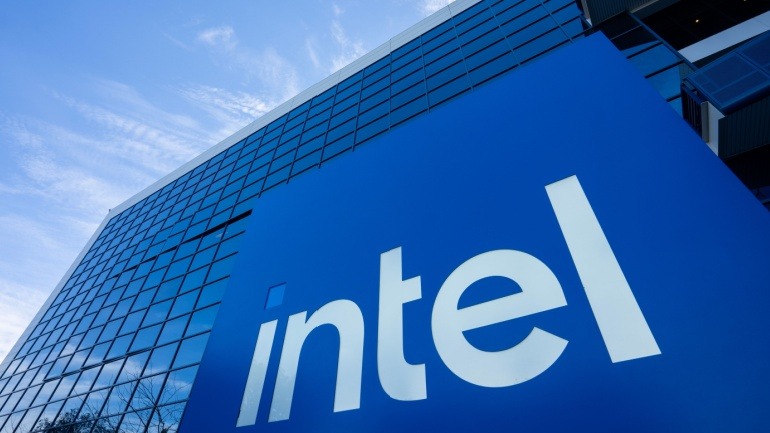Chip manufacturer Qualcomm has expanded its spatial computing portfolio with the announcement of two optimized platforms for virtual reality (VR), augmented reality (AR), and mixed reality (MR) applications: the Snapdragon XR2 Gen 2 and the Snapdragon AR1 Gen 1.
These platforms are specifically designed to cater to sophisticated VR helmets and smart glasses technology. The Snapdragon XR2 Gen 2 platform focuses on power efficiency, with its 3K-resolution-per-eye capability and an impressive 2.5x better GPU performance than its predecessor. Its upgraded on-device AI and support for up to ten concurrent cameras enhance user experience in virtual environments, promising more intuitive navigation and positioning.
Advancements are not confined to visual experience. The platform also includes Qualcomm’s FastConnect Wi-Fi 6E/7 software suite for split rendering optimizations and lag-free experiences. Additionally, Qualcomm’s sound technology suite enables spatial audio and low-latency output for wireless earbuds and headphones.
The Snapdragon AR1 Gen 1 platform, on the other hand, is tailored for smart glasses technology. It clubbed features like dual ISP, eight microphones, binocular displays, and advanced on-device AI introduce drastic improvements across MR and VR applications. This platform encourages engaging media creation and consumption by facilitating photo capturing and video shooting from a first-person perspective.
Hugo Swart, vice president and GM of XR, Qualcomm Technologies, excitedly announced, “The Snapdragon XR2 Gen 2 and Snapdragon AR1 Platforms are the latest purpose-built processors that are designed to power the next generation of MR and VR devices and sleek smart glasses for all.”
These market-ready platforms have been adopted by social media giant Meta. Andrew “Boz” Bosworth, CTO and Head of Reality Labs at Meta, lauded their partnership with Qualcomm, which is “defining next-generation technologies that deliver massive breakthroughs in power, performance, and AI.”
Both platforms will soon be incorporated in MR and VR devices, with Snapdragon XR2 Gen 2 integrated with the Meta Quest 3 and Snapdragon AR1 manifesting in the Ray-Ban Meta smart glasses.
Despite the excitement around these advancements, the mass-market adoption of such innovations seems distant. The uptake of VR/AR devices was noticeably sluggish last year, with IDC reporting a downturn of 20.9% in AR/VR headset shipments. A lack of diverse vendors, economic adversities, and tepid consumer adoption are proposed as reasons for this decline.
Nonetheless, Qualcomm and Meta remain undeterred, banking heavily on the future expansion of AR/VR technology and the subsequent surge in demand for powerful platforms that can optimally support them.







